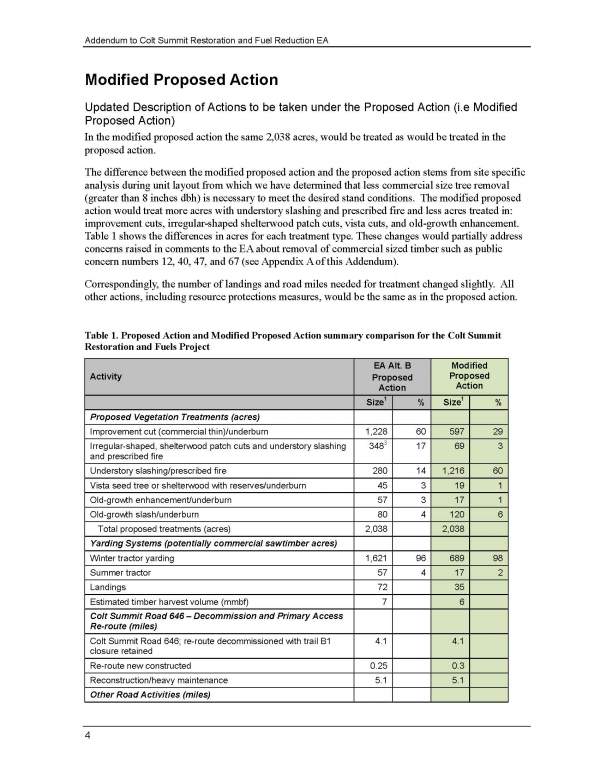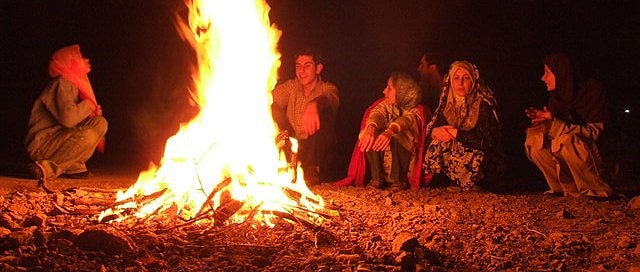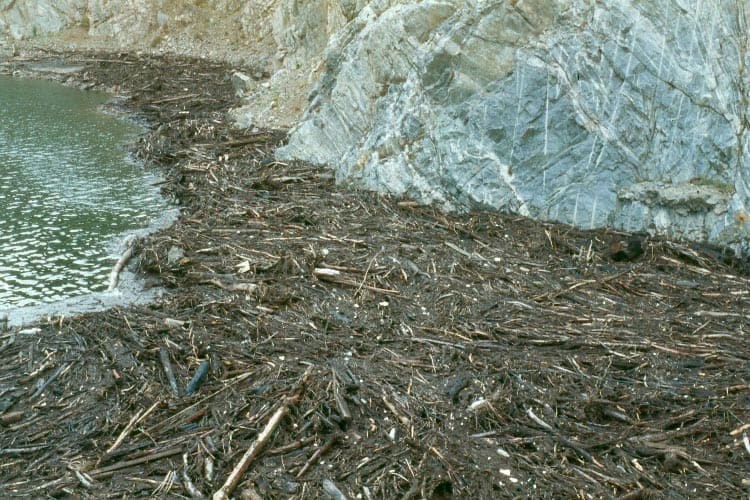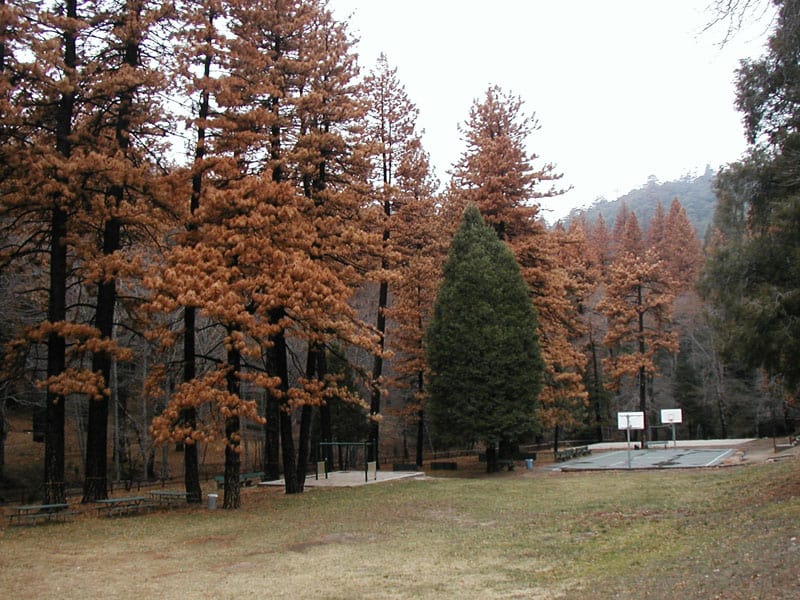I found this story interesting on all kinds of levels. Let’s analyze it. I have never been trained in media analysis so here goes, hopefully someone on the blog can add some insight.
ROLODEX FACTOR:
First, I like to look at the “rolodex factor.” Who did they talk to:
Ray Rasker, Headwaters Economics economist. His bio says he has expertise in rural development, and we have talked about the recent report of his previously on this blog.
Elizabeth Reinhardt, Assistant Director, Fire Management. Of these, she is the only one I think is competent to talk about it.
Anthony Westerling, Professor at UC Merced. He is a member of what I would call the “climate modeling industry”. That is his expertise seems to be in models and not in fires as experienced in the physical world.
MODEL THE ROLODEX FACTOR:
Given that Rasker’s group just wrote about “houses in the WUI growing is big problem for fire”, and Westerling is a climate modeler, we can predict “this story will talk about climate as the reason for fires, and people in the WUI.” This story will follow the same trail as the one I posted yesterday here. Uh.. oh.. looking at it it actually sounds like the SAME story. Except in that one Reinhardt is a “fire researcher” (a previous position).
The only mystery is “What will Reinhardt say?” She has been a fire researcher, worked in the climate advisor’s office and now is an AD for Fire Management, in which she will be expected to toe the F&AM line.
WHAT THE STORY SAYS:
Rasker says: In Montana, when it’s just one degree warmer than average, 35 percent more land burns. That costs money.
“The really interesting thing is that when the average summertime temperature is just one degree Fahrenheit warmer, the cost of defending these homes doubles,” he says. Rasker says these numbers are similar in California and Oregon.
This does not sound like an assertion based on data because no one has done the experiment of raising a degree and then watching fires. All it would take is the statement “my colleagues and I have done some modeling and it shows”.. for this to be more honest/em>
He notes that about 84 percent of the private land around national forests is open to development, versus 14 percent of surrounding land that’s already built up with housing developments, resorts and vacation homes.
Given that this is true (it doesn’t match my observations), you would have to understand why, and how that is going to change as the economy comes back. I like that Ray is so confident about the economy, though. Maybe I’ll call my stockbroker. Those predictive economic models have done so well in the past..
Already, the firefighting portion of the Forest Service’s budget is higher than ever. “In 2012 [the share of budget] was over 47 percent,” says David Cleaves, the service’s climate and fire expert. That’s tripled over the past decade or so.
Cleaves says it’s not a crisis now, but “economically, and in a policy sense, you could call it a crisis in the future.” That’s because more money that goes to firefighting means there’s less money available for prevention.
Note that Cleaves didn’t say the last statement. If we use a health analogy, it would be something like “people keep shooting each other and require ER visits, so we need to stop that because it takes money from preventive health programs.” We all know that a budget pot (what is in the same pot) is a policy choice, just as how much money goes into each pot. And suppression and fuels are not the same pot. Anyway, I bet someone has explored the reasons for any tripling of budget for suppression over the past decade. Any reports on this?
Now this is interesting:
Nowadays, the U.S. Forest Service has less money to spend on trimming back or burning undergrowth and trees to prevent bigger fires in the future. Estimates put the area of forest that needs fire prevention work performed on it at over 200 million acres, but the service is only able to treat about 3 million acres a year.
One solution is to let some natural fires burn longer instead of putting them out right away. That gets rid of built-up fuel, and it’s cheaper than mechanically thinning forests or doing prescribed burns. But this tactic isn’t popular with homeowners nearby.
“So many of the places where we have fire are near where people live,” says Reinhardt. “Or, say it’s early in the fire season and you have months of fire season ahead of you, and you just don’t feel like you can take the risk of having a big fire out there in the backcountry.”
It could also be reported that “for mysterious reasons that have been critiqued by a bipartisan group of folks in Congress, the tactic preferred by real life voting homeowners is having its funding reduced by the Obama Administration. They think it’s more cost-effective to have large fires and let them reduce fuels, but those darn people are in the way.” Another thing is that prescribed fire is not so popular with nearby communities. Errr. communities. Remember towns like Idlyllwild are not a part of this story. It is, at this point, framed to be about “homes” and “homeowners.”
Westerling works at the University of California in Merced but he’s been watching the Rocky Mountains a lot. He says spring is coming earlier, and it’s hotter. Many forests there are near their heat and drought limit.
You can’t visit the University of Colorado (or even a Starbuck’s in Boulder) without stumbling over a climate modeler modeling.. the Rocky Mountains. Rolodex again..
And Rasker says there are ethical as well as economic reasons to limit development near forests — the lives of firefighters are at stake.
“It’s a tough thing to see people go in, to have to risk their lives” to defend structures in towns that have been evacuated, he says. “Empty structures.”
Ah.. so we finally get to “towns” and not “homes”. But if we take Ray at his quote, it would then be unethical for firefighters to fight home or office fires if people had been evacuated. But why stop there? It would also be unethical for police to risk their lives in confronting people robbing buildings without people in them…and so on.
Really, it’s kind of a silly quote. Didn’t anyone else notice?
I actually agree that new developments in the backcountry need increased scrutiny. But this story..does not do the issue any kind of justice and leaves out some important things. You could pretty much predict the story by who the author picked to interview. And it’s not clear why they picked whom they did, except for Reinhardt.






